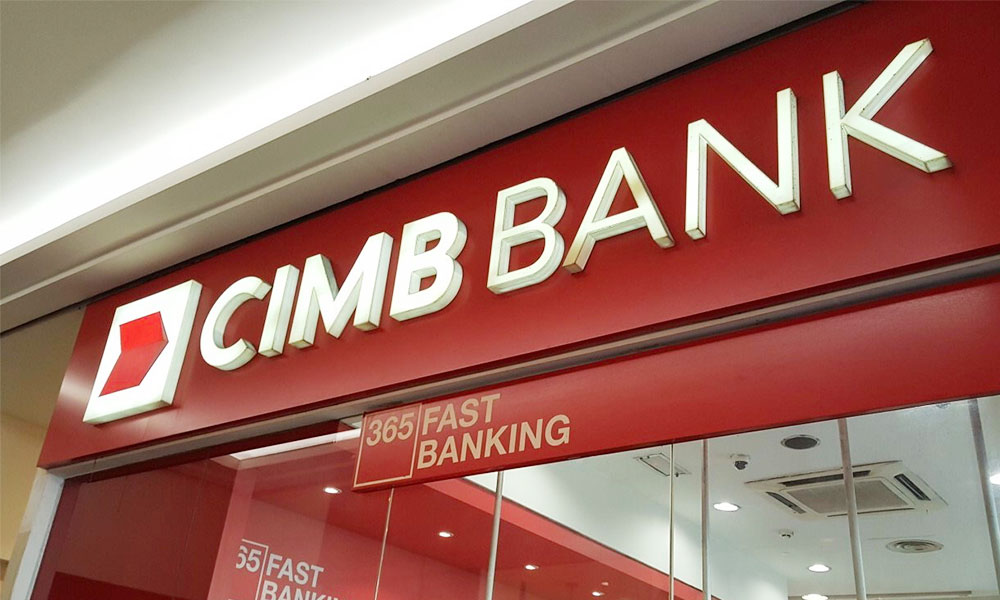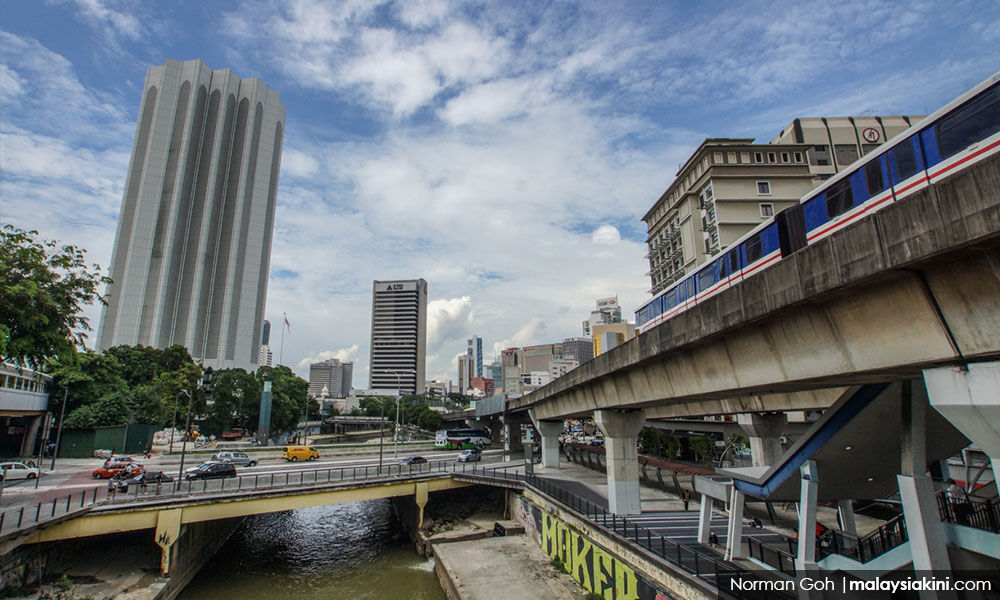Malaysian banks have fared well in 2019 amidst financial technology (fintech) disruption that is reshaping the industry and external headwinds and uncertainties brought by, among others, Brexit and the trade spat between the United States and China.
The external factors not just slowed down global demand but also stoked recession fears and protectionism which affected business confidence and eventually loan demand.
Despite these challenges, Malaysian banks had exhibited reasonably healthy profits and asset quality, with more than sufficient capital buffers against potential stress, albeit, thinning margins and some credit pullbacks.
Malaysia has 26 commercial banks, 16 Islamic banks, one international Islamic bank and 11 investment banks. From the total 26 commercial banks, 18 are foreign-based lenders.
The banking sector saw moderate growth in both earnings and loan, reflecting a slowdown in lending momentum and cautious sentiment on the country’s economic growth.
“We are looking at 3.5 percent earnings growth for the sector this year, a moderation from 7.1 percent in 2018, and loan growth of between 3 per cent and 4 percent from about 5-6 percent last year,” MIDF Amanah Investment Bank senior analyst Imran Yassin Yusof said.
He said the moderate loan demand from businesses had led to a much slower loan growth this year than what had been anticipated, while the mortgage and retail remained stable, mitigating the overall performance.
“Businesses had either delayed disbursing approved loans or had decided to repay existing loans in light of the economic uncertainties,” he told Bernama in an interview.
He said the top performers based on earnings growth this year were RHB Bank Bhd, AmBank (M) Bhd and CIMB Bank Bhd, while Malayan Banking Bhd (Maybank) and Public Bank Bhd’s performances were quite flat.
Comparatively, he said, Islamic banks’ growth continued to outperform the conventional banks with earnings registering double-digit growth.

The year also saw the fintech taking stronger roots in the conventional banking scene with CIMB, Affin Bank Bhd, Hong Leong Bank Bhd and AMMB Holdings Bhd, as well as technology firm Grab signalling their interest in securing virtual banking licences in the country.
CIMB Group, for instance, has already set up a digital bank in the Philippines in January this year.
Besides this, there are about 49 non-bank e-money issuers in Malaysia, out of which three in four offer mobile payment solutions and accounted for 88.4 per cent of the transactions in the segment.
Boost, GrabPay and Touch ‘n Go (TnG) are among the dominant e-wallets in Malaysia. Others are Lazada Wallet, Samsung Pay and PayPal. TnG is 52 percent-owned by CIMB Group Holdings Bhd.
On monetary policy, the year 2019 saw Bank Negara Malaysia (BNM) cut the overnight policy rate (OPR) by 25 basis points in May to three percent and the statutory reserve requirement (SRR) from 3.5 percent to 3.0 percent in November to maintain sufficient liquidity in the financial system.
Imran Yassin said that liquidity remained ample in the sector with liquidity coverage ratio averaging at 150 percent this year, while deposits had more or less outpaced loan growth.
He said the requirement to meet the Net Stable Funding Ratio (NFSR) as prescribed by BNM also played a key factor in the banks accumulating deposit this year.
Banks being selective on the kind of assets they acquire had also contributed to a stable asset quality which supported the low credit charge/costs by the banks, Kenanga Investment Bank Bhd’s analyst Ahmad Ramzani Ramli said.
“Given the accommodative interest rates, credit demand was able to be sustained from households/retailers amidst weaker demand from corporates.
“Another contributing factor to earnings was the resilient fee-based income despite the softer capital market activities. The resilient fee-based earnings came from improved treasury activities as banks capitalised on the OPR cut in May,” he said.
He noted there was no significant impact from BNM’s OPR cut given that normalisation of Net Interest Margin took place within one or two quarters.
Moving into 2020, Imran Yassin said the consumer segment was expected to continuously provide support to loan growth and banks in general. While there could possibly be another cut in the OPR within the first quarter of next year, he opined that it would not have a significant impact on banks’ earnings in 2020.
Insurance sector remains stable
The insurance sector’s earnings remained relatively stable in 2019 with stronger growth seen from the takaful segment business.
MIDF analyst for the sector, Khoo Zhen Ye, said the penetration rate of family takaful had been steadily increasing with double-digit growth of 15.5 percent as of the first half of this year from about 9.3 percent in 2009, taking the share of conventional business.
Syarikat Takaful Malaysia Bhd continued to be the top performer, with its penetration rate growing by 20 to 30 percent while net profit rose by about 40 percent, he said.

The same scenario could also be seen in the general takaful segment which performed better than the conventional segment, he told Bernama.
The takaful segment in Malaysia has registered higher growth than conventional insurance due to a lower base, stable domestic consumption, and increasing consumer awareness, Khoo said, adding the market was also partially driven by BNM’s target to increase the share of the Islamic financing mix to 40 per cent by 2020.
“Overall in 2019, the life insurance segment performed better compared with general insurance segment as the latter is in the phased liberalisation of the motor and fire tariffs.
“The tariff liberalisation has started since last year but for fire insurance which was suppose to take effect this year had been postponed to next year to give some space to industry players,” Khoo said.
On the general insurance sector, the industry saw a dip in the first half of 2019 (H1 2019), shrinking 1.4 per cent year-on-year due to low penetration rates and escalating claims.
According to the General Insurance Association of Malaysia (PIAM), the industry faced a twofold blow, namely low penetration rate and escalating claims.
Khoo noted the overall insurance penetration rate in Malaysia continued to remain stagnant at around 54 to 55 per cent for the past five years.
He, however, remained positive on the outlook amidst a strong domestic demand with the main driver of growth to come from the life and family takaful segment. He foresees non-policy holders to take advantage of the new life and takaful tax relief of RM3,000.
He also remained positive on the general insurance front, premised on prudent underwriting and continued focus on growing profitable insurance portfolios such as retail, affinity partnerships, and small and medium industries in the non-motor segment.
Khoo highlighted that the industry was likely to see further consolidation in 2020, with all foreign insurers expected to address the 30 percent Malaysian ownership requirement if the government ramps up its effort again in enforcing the regulation.
The increase in competition due to the phased de-tariffication of the general insurance industry might also give rise to possible merger and acquisition activities among the general insurers, he added.
- Bernama

